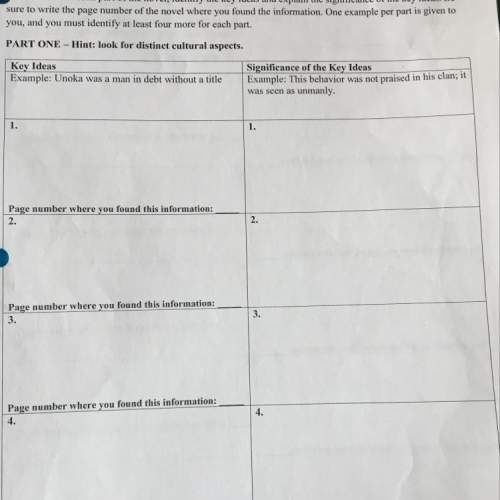Ineed answers quick!
there never was a time when the world was without fire, but there was a...

Ineed answers quick!
there never was a time when the world was without fire, but there was a time when men did not know how to kindle fire; and after they learned how to kindle one, it was a long, long time before they learned how to kindle one easily. in these days we can kindle a fire without any trouble, because we can easily get a match; but we must remember that the match is one of the most wonderful things in the world, and that it took men thousands of years to learn how to make one. let us learn the history of this familiar little object, the match.
fire was first given to man by nature itself. when a forest is set on fire by cinders from a neighboring volcano, or when a tree is set ablaze by a thunderbolt, we may say that nature strikes a match. in the early history of the world, nature had to kindle all the fires, for man by his own effort was unable to produce a spark. the first method, then, of getting fire for use was to light sticks of wood at a flame kindled by nature—by a volcano, perhaps, or by a stroke of lightning. these firebrands were carried to the home and used in kindling the fires there. the fire secured in this way was carefully guarded and was kept burning as long as possible. but the flame, however faithfully watched, would sometimes be extinguished. a sudden gust of wind or a sudden shower would put it out. then a new firebrand would have to be secured, and this often meant a long journey and a deal of trouble.
in 1827, john walker, a druggist in a small english town, tipped a splint with sulphur, chlorate of potash, and sulphid of antimony, and rubbed it on sandpaper, and it burst into flame. the druggist had discovered the first friction-chemical match, the kind we use to-day. it is called friction-chemical because it is made by mixing certain chemicals together and rubbing them. although walker's match did not require the bottle of acid, nevertheless it was not a good one. it could be lighted only by hard rubbing, and it sputtered and threw fire in all directions. in a few years, however, phosphorus was substituted on the tip for antimony, and the change worked wonders. the match could now be lighted with very little rubbing, and it was no longer necessary to have sandpaper upon which to rub it. it would ignite when rubbed on any dry surface, and there was no longer any sputtering. this was the phosphorus match, the match with which we are so familiar.
how does the author develop the idea that humanity's early fire-starting tools may have been dangerous? respond in three to five complete sentences, using evidence from the text to support your answer.

Answers: 1
Another question on English

English, 21.06.2019 15:50
What key details should be included in a summary of the introduction to "boat inspection and cleaning procedures for all watercraft owners"? write an objective summary based on evidence from the text. your response should be at least one complete paragraph.
Answers: 3

English, 21.06.2019 21:10
Read this excerpt from the scarlet letter by nathaniel hawthorne and complete the sentence that follows. she had wandered, without rule or guidance, in a moral wilderness; as vast, as intricate and shadowy, as the untamed forest, amid the gloom of which they were now holding a colloquy that was to decide their fate. the author uses the point of view in the excerpt.
Answers: 1

English, 22.06.2019 02:40
Fortify is a verb that means “to protect and strengthen.” a fortifications is a that means something that protects.
Answers: 1

English, 22.06.2019 03:00
Match each word from richard connell's short story "the most dangerous game" to its correct meaning. placid doggedly zealous scruples with determination arrowright extremely passionate arrowright morals arrowright calm arrowright
Answers: 2
You know the right answer?
Questions


Mathematics, 07.05.2020 08:58


English, 07.05.2020 08:58

History, 07.05.2020 08:58








English, 07.05.2020 08:58



Mathematics, 07.05.2020 08:58



Mathematics, 07.05.2020 08:58




